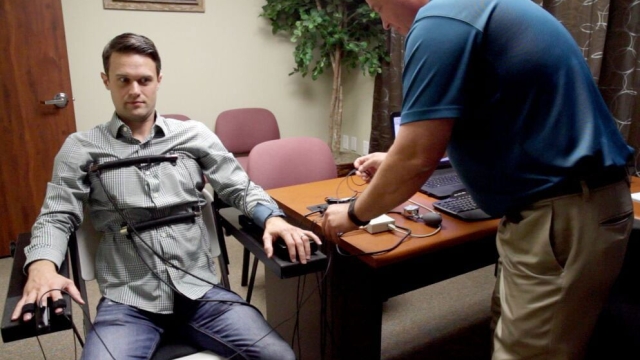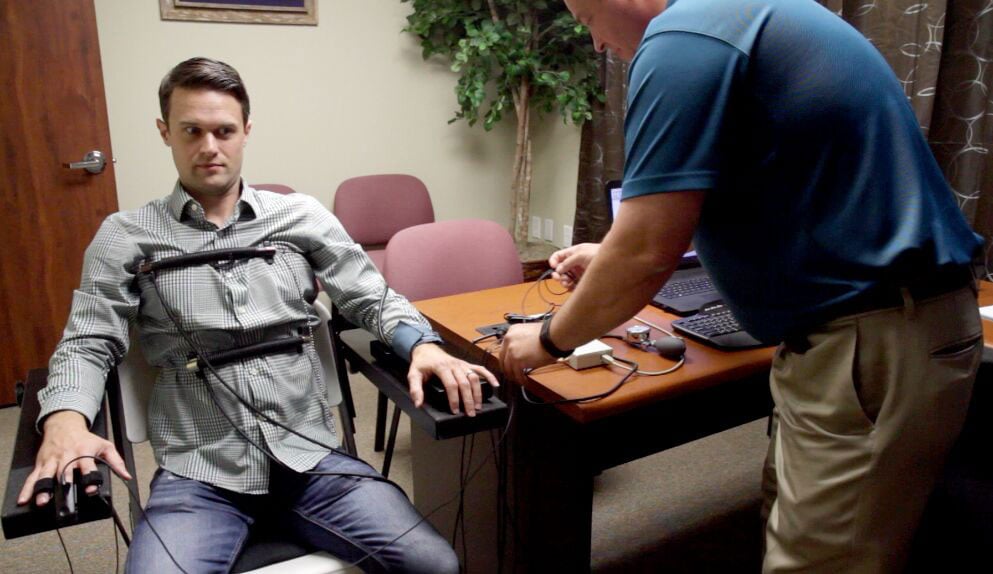
Unveiling the Truth: The Power of the Lie Detector Test

Welcome to an exploration of the lie detector test, a tool that has captured the imagination of both the public and the legal system for decades. A lie detector test, also known as a polygraph exam, is designed to measure physiological responses such as heart rate, blood pressure, and respiration in order to determine whether or not someone is being truthful. The concept of a machine that can seemingly expose deception has stirred up both interest and controversy, leading many to question just how reliable these tests really are. In this article, we will delve into the history, science, and practical applications of the lie detector test to unveil the truth behind its power and limitations.
History of Lie Detector Test
The concept of lie detection dates back to ancient times, with methods such as hot irons and other physical tests used to determine honesty. However, it wasn’t until the early 20th century that the modern polygraph machine was developed by John Augustus Larson, a medical student and police officer.
Since its invention in 1921, the polygraph machine has been continuously refined and improved upon by various researchers and scientists. The technology behind lie detection has evolved significantly over the years, incorporating physiological measurements such as heart rate, blood pressure, and skin conductivity to detect signs of deception.
How Lie Detector Tests Work
Lie detector tests, also known as polygraph tests, are designed to measure physiological responses in individuals when they are asked a series of questions. These tests typically monitor indicators such as heart rate, blood pressure, respiration, and skin conductivity.
The underlying principle of lie detector tests is based on the assumption that when a person tells a lie, there is a measurable stress response in their body. This stress response is believed to be reflected in changes in the physiological parameters being monitored during the test.
During a lie detector test, the individual undergoing the examination is asked a series of control questions to establish a baseline for their physiological responses. Subsequently, relevant questions about the issue at hand are asked, and any deviations in the physiological responses from the established baseline are interpreted as potential signs of deception.
Lie detector test
Accuracy of Lie Detector Tests
Lie detector tests have been widely used in various settings, from criminal investigations to employment screenings. Despite their popularity, the accuracy of these tests has long been a topic of debate. Supporters argue that lie detector tests can accurately detect deception, citing studies that show high accuracy rates. However, critics point out that factors such as individual differences in physiological responses and the subjective interpretation of results can affect the reliability of these tests.
Research on the accuracy of lie detector tests has produced mixed findings. Some studies suggest that these tests can be highly accurate, particularly when administered by trained professionals in controlled environments. Proponents of lie detector tests often highlight the technology’s ability to measure physiological changes associated with deception, such as changes in heart rate and skin conductivity. However, skeptics argue that these physiological responses can vary greatly between individuals and may not always indicate deception.
Despite advancements in technology and training methods, lie detector tests are not foolproof. Factors such as the subject’s psychological state, the examiner’s skill, and the test environment can all impact the accuracy of the results. While lie detector tests can provide valuable insights in certain situations, it is essential to interpret the results cautiously and consider other corroborating evidence when making important decisions based on the test outcomes.

